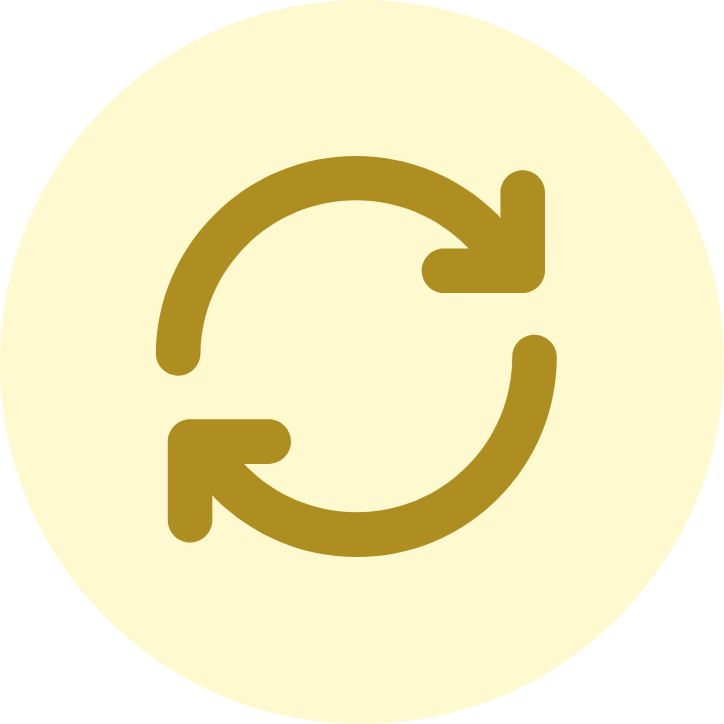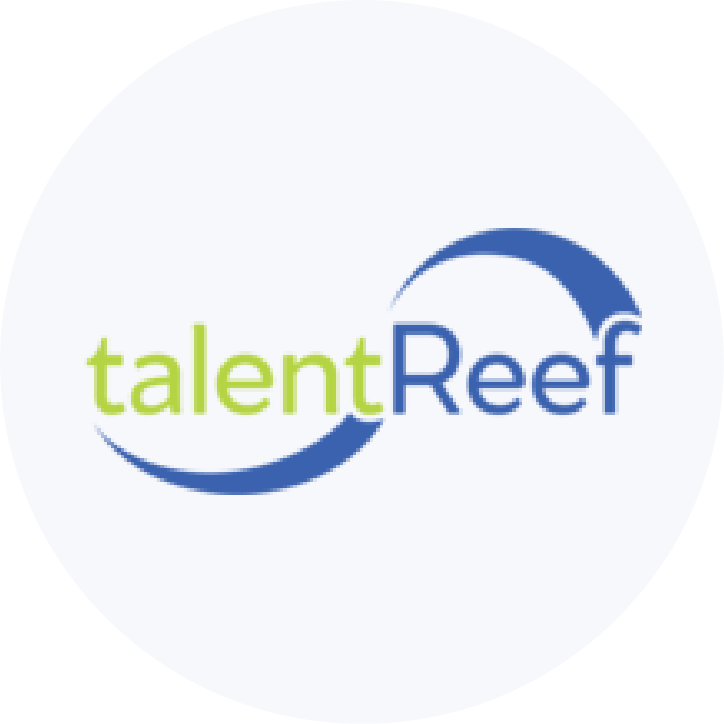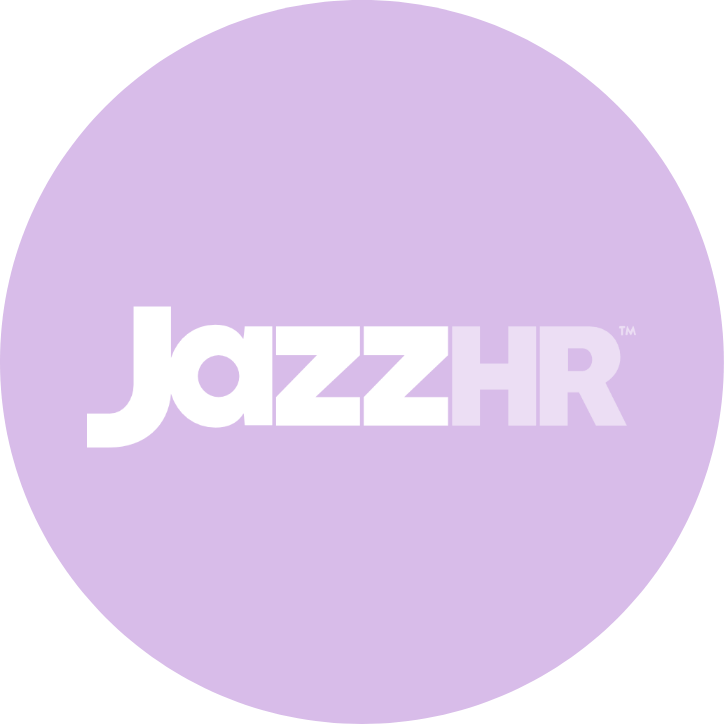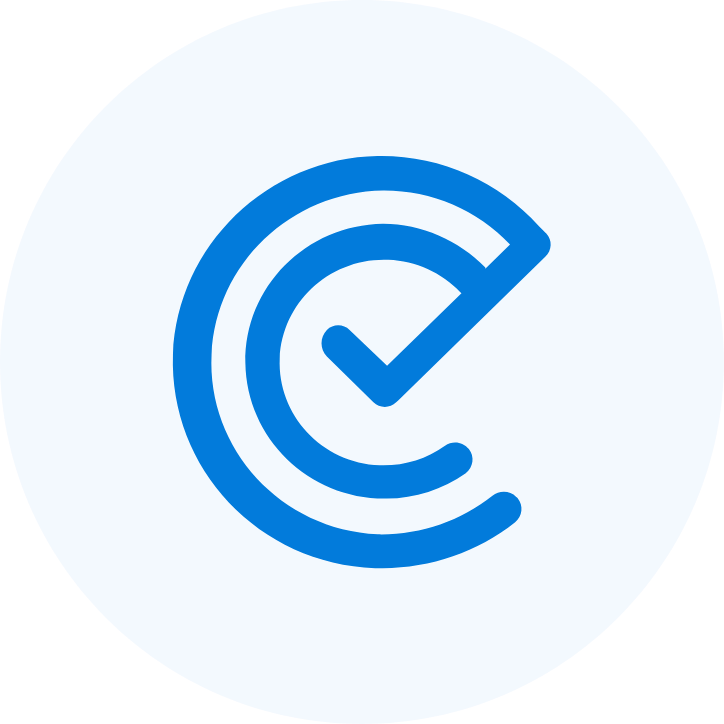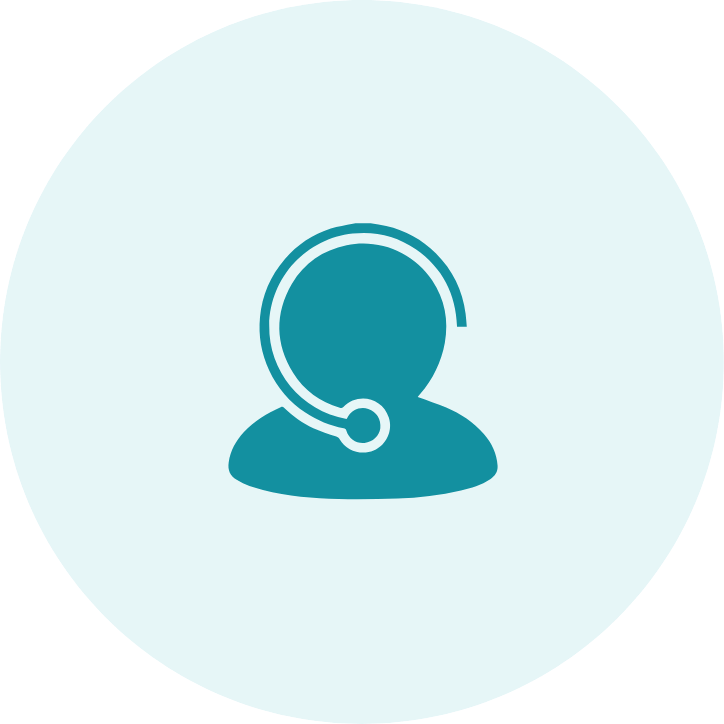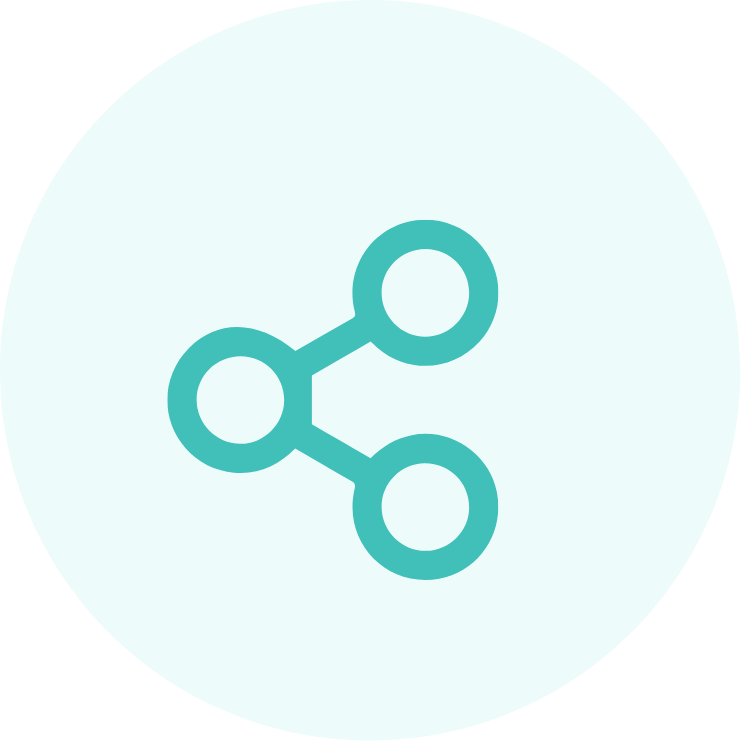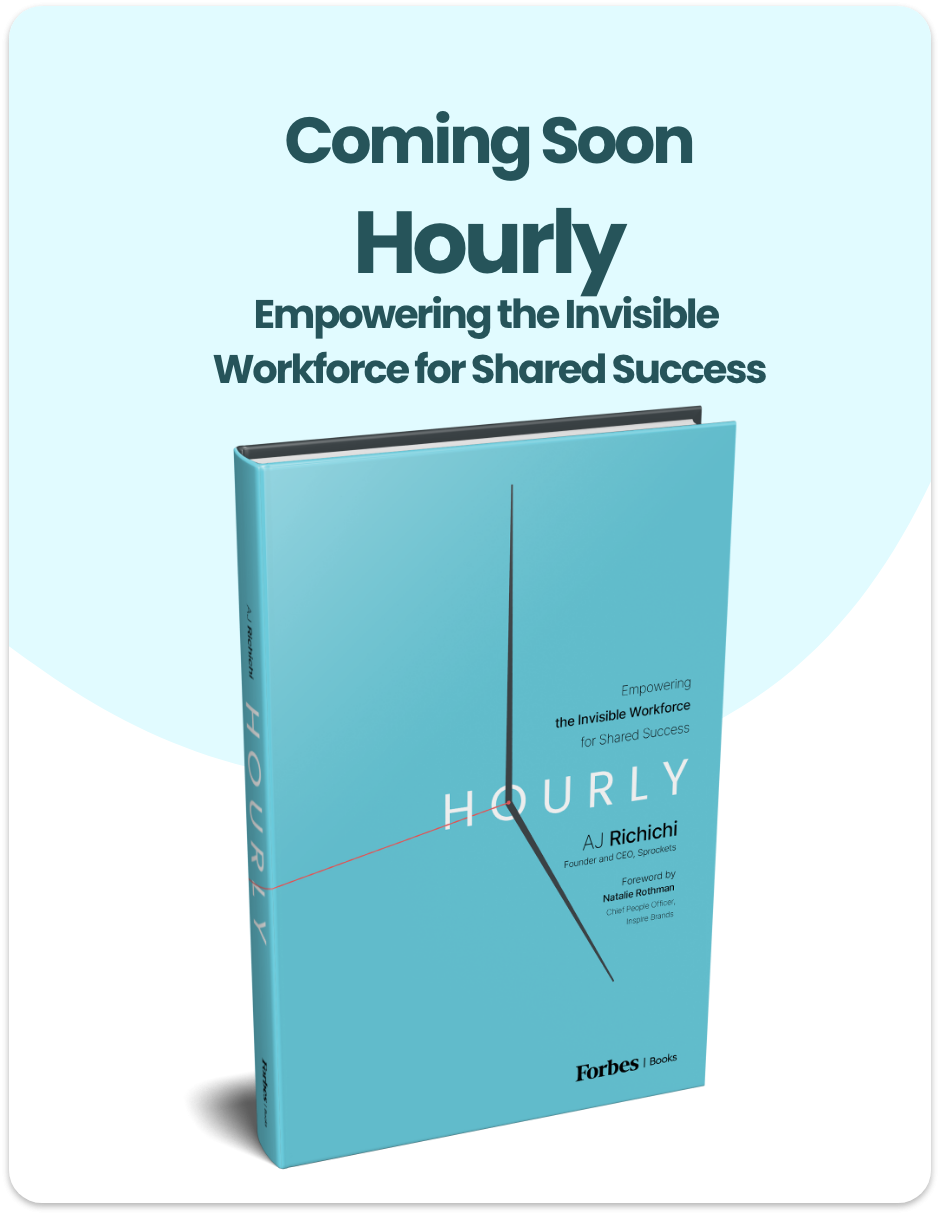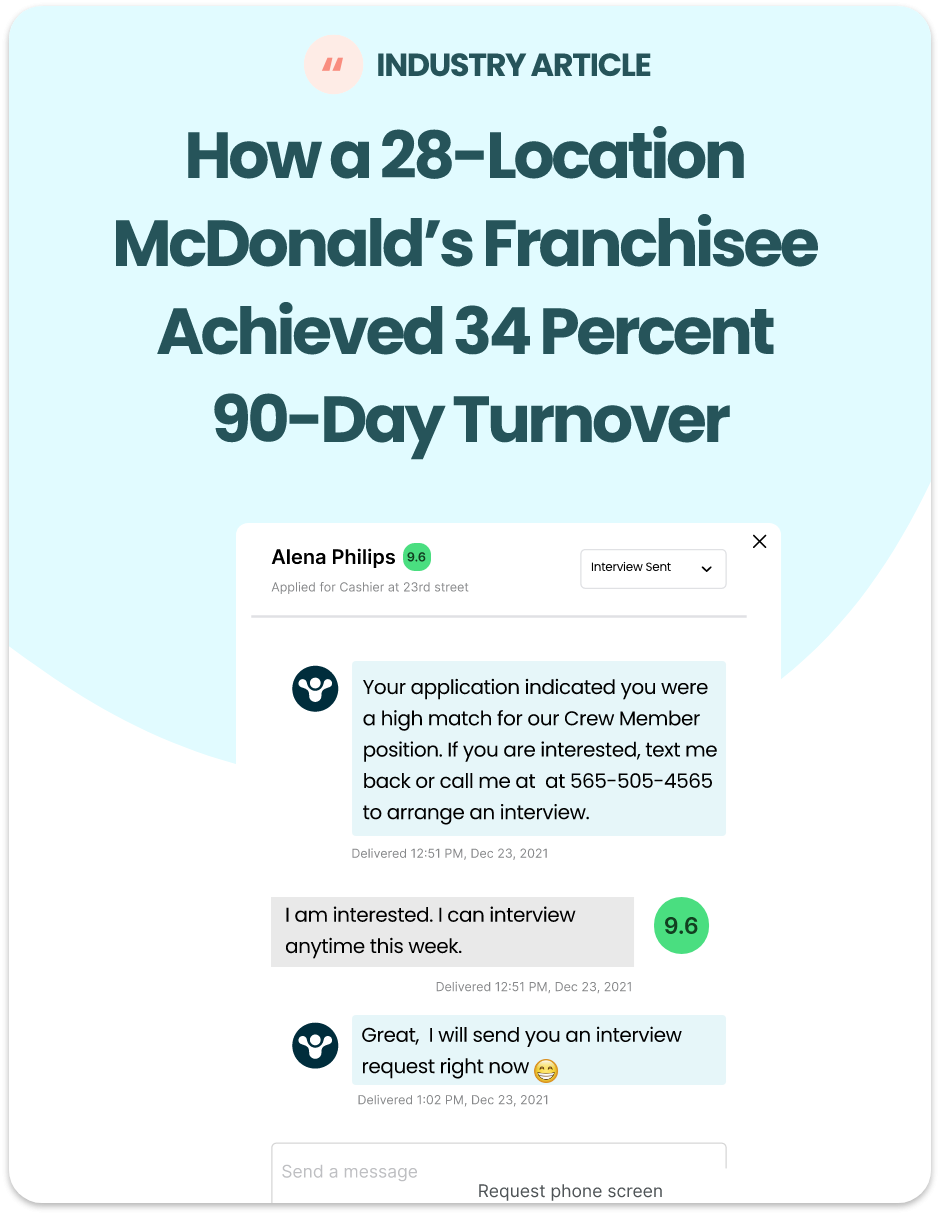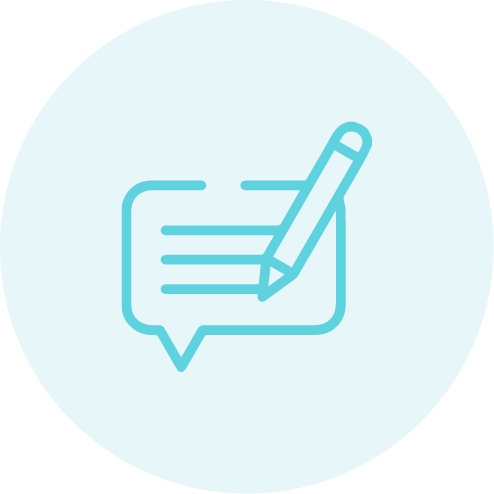The COVID-19 pandemic has not only led to a rapid shift in remote work, but it has also changed the vetting and hiring of new employees. In fact, according to an HR survey by Gartner, 86% of companies are hiring and conducting interviews virtually. With unemployment rates increasing, it’s becoming a mammoth challenge for HR teams to find top talent from the large numbers of applicants without meeting them for the first interview. However, planning properly and leveraging the right resources can help your HR team successfully execute and expedite the remote-hiring process.
We’re going to take you through the entire process of vetting and hiring new employees remotely to ensure good hiring decisions and set your company up for success.
1. Define Your Ideal Candidate Persona
Employing someone based purely on your gut instinct can be a gamble. Not knowing what you’re looking for in a candidate could result in making a bad hiring decision, which might be costly for your company. As such, the first thing you should do before you put out a job posting is to determine what you’re looking for in a candidate. You should identify the traits and skills that are absolutely necessary (and those skills that are nice to have, but you can teach a candidate once they’re hired if they don’t have them). Establishing what you’re looking for in a candidate at the start of the process will not only save you plenty of time and money, but it will also help narrow down your search to the top candidates for the role.
2. Develop a Clear and Accurate Job Description
Next, you need to curate a stellar job description that’s detailed and clearly lays out what you’re looking for. Be clear about the open position’s requirements, including the desired skills and experience, working environment, responsibilities, and overall conditions. Doing this will help potential candidates know what exactly the job entails and what you’re looking for in a candidate, which will let them decide whether they’re a perfect match for the open position before applying.
3. Automate the Screening Process
Rather than reviewing hundreds of resumes manually, which can be laborious and time-intensive, you can utilize an automated screening tool to help sort the candidates based on their qualifications. This helps streamline and expedite the hiring process by categorizing the applicants based on how qualified they are for the position and team.
4. Conduct Pre-Employee Assessment Tests
After you’ve screened candidates, send them a pre-employment assessment test to see whether they’ll succeed in the role and fit in with the team before inviting them for the interview. This helps save both the candidate and your HR team valuable time if they lack the skills and personality you’re seeking.
5. Outline the Interview
Maintain a pre-planned structure for your interview by determining the topics you plan to discuss and the kind of questions you’d like to ask. From the pre-employment assessment test, you’ll have an adequate understanding of an applicants’ background and skillset. This allows you to focus the interview on getting to know them more personally and determining if they’d be a good fit with the rest of the team. You should come up with a detailed list of essential questions for the interviews you’re planning to conduct. Ensure your questions can help derive insight into the candidates and evaluate their ability to carry out the role as required.
6. Utilize Remote Meeting Tools for Your Virtual Interview
Proper preparation is crucial to ensuring the interview process goes smoothly. First, you need to decide what virtual meeting platform you’ll use for the interview. You also need to ensure clear communication of the meeting details, including who will make the call, date, and meeting time. Apart from using remote meeting tools to conduct interviews, you can utilize on-demand interviews (have pre-determined questions that applicants can record their responses and send them in). Make sure to evaluate the applications and interview recordings as a team to ensure compatibility.
7. Complete HR Paperwork Virtually
After you’ve found the right candidate for the role, make an offer and finalize the hiring process via tools like DocuSign, applicants will be able to sign the offer document electronically and send it back to your HR team.
Take Your Virtual Recruiting To the Next Level
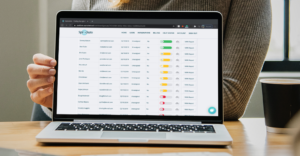 Would you like to find out how Sprockets can take your talent acquisition to the next level and reduce your employee turnover and dependency on sourcing new candidates?
Would you like to find out how Sprockets can take your talent acquisition to the next level and reduce your employee turnover and dependency on sourcing new candidates?
Request a demo today or contact us for more information or for help with any questions you might have. We look forward to helping you build the best team possible for your business!


